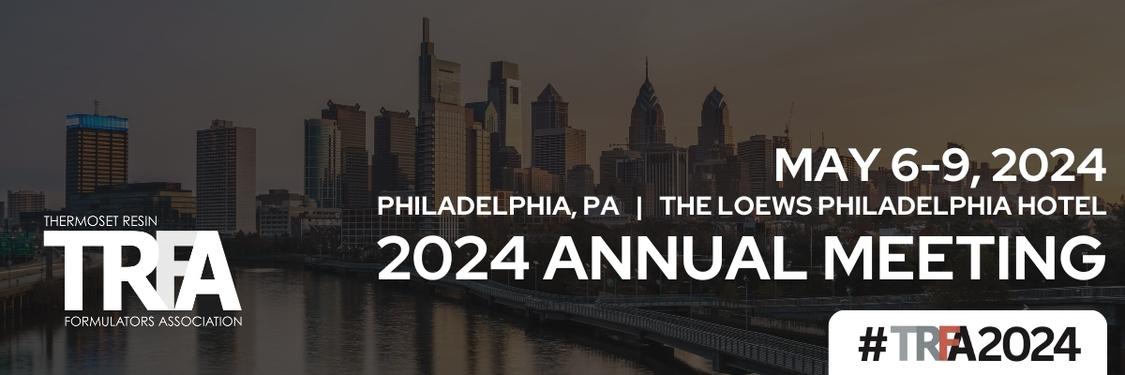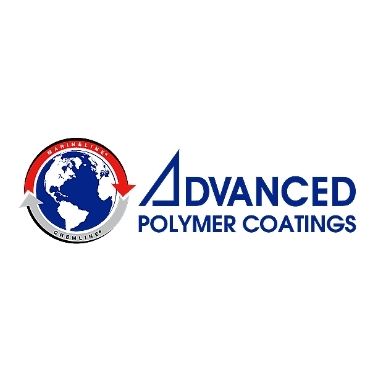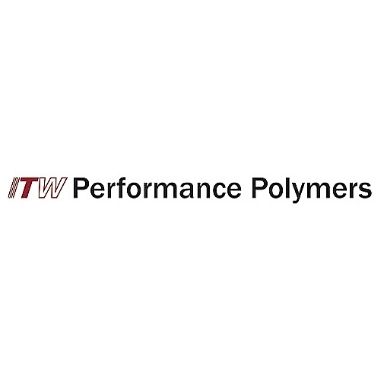|
|
||||||||||||||||||||||||||||||
2024 Grand Prize Winner | |
|---|---|
|
Sampanna V. Mhatre, University of Delaware The structural similarities between lignin-derivable bisguaiacols and petroleum-derived bisphenol A/F (BPA/BPF) suggest that bisguaiacols could be ideal biobased alternatives to BPA/ |
|
2023 Honorable Mention |
|
|
Alex Mary, Laval University Wood structures commonly rely on synthetic adhesives for their robust bonding and versatility. However, growing concerns about the health hazards linked to the chemical composition of these adhesives, particularly formaldehyde emissions, have spurred the quest for safer adhesive options. Among the alternatives, polyurethane adhesives have emerged as a promising substitute for formaldehyde-emitting adhesives. Researchers have explored replacing petroleum-based constituents with natural sources such as lignins, tannins, and proteins. Of these alternatives, proteins, being biological macromolecules, are recognized for their capacity to enhance adhesion to wood substrates. This study delves into the development of proteinbased adhesives derived from diverse sources, including soybean meal, microbrewery spent grains, shrimp shells, and skim milk powder. These raw materials were subjected to mild alkaline conditions to yield protein concentrates. The resulting adhesives were formulated at various protein content levels: 5%, 10%, 15%, and 20%. The study’s findings demonstrate that the incorporation of proteins into the polyurethane system not only preserves but also augments adhesive properties. This enhancement encompasses deeper penetration into wood substrates and an overall improvement in mechanical strength. These results underscore the promising potential of proteins as a sustainable alternative to petroleum-based polyols in adhesive formulations. |
|
2023 Excellence in Thermoset Polymer Research Award Winners
The Thermoset Resin Formulators Association (TRFA) is pleased to announce the winners of the 12th Annual Excellence in Thermoset Polymer Research Award Competition.
2023 Grand Prize Winner | |
|---|---|
|
Nicole Tratnik, University of Toronto Epoxy vitrimers have emerged as a new class of self-healing, recyclable, and reprocessable materials, offering new opportunities to traditional epoxy thermosets by improving life-span, while providing additional functionalities. Nevertheless, retaining 100% of the original mechanical performances remains difficult for vitrimers after several reprocessing cycles due to progressive changes in the vitrimer networks during rearrangements. In this study, we designed a novel epoxy vitrimer with a higher renewable content compared to conventional epoxies by using renewable materials. The bio-based epoxy vitrimer was synthesized from epoxidized starch amylopectin together with diallyl disulfide, that is naturally found in garlic, and a thiol (pentaerythritol tetrakis(3-mercaptopropionate) (PETMP)). Diallyl disulfide and PETMP enabled the formation of a recyclable, and reprocesseable, vitrimer network. The epoxy vitrimer displayed unprecedented self-strengthening after 5 recycling cycles (tensile strength increased over 900%) caused by the mechanically-induced homogenization of the diallyl disulfide/thiol and the starch epoxy phases during the recycling process, thereby increasing the vitrimer cross-linking density during reformation. Reprocessing the vitrimer 5-times improved the mechanical and thermal properties, raising glass transition temperature, Young’s modulus, and tensile strength from 7°C to 25°C, 2.98MPa to 268MPa, and 1.87MPa to 18.47MPa, respectively. Hence, capitalizing on mechanically-induced phase homogenization during the vitrimer reprocessing, this work introduces a strategy for the design of self-strengthening bio-based and recyclable thermosets.
|
|
2023 Honorable Mention |
|
| Lindsay Robinson, University of California, Santa Barbara "Neighboring Group Participation in Ionic Covalent Adaptable Networks" Covalent adaptable networks (CANs) typically require external catalysts for efficient crosslinker exchange, which can limit network reprocessability due to catalyst leaching and degradation. In this study, catalysts were avoided by using a bicyclo[3.3.1]nonane (BCN) bis-alkyl halide cross-linker with sulfur- atom neighboring group participation (NGP) to increase the rate of bond exchange. Stress relaxation analyses demonstrate that the resultant pyridine-based network has an Arrhenius dependence on viscous flow at elevated temperatures (130–170 °C), which arises from SN1 transalkylation exchange. This thermally mediated crosslink interchange and associated flow behavior enabled reprocessing of the ionic networks over multiple damage and repair cycles. Additionally, these NGP-based CANs are chemically recyclable, allowing for recovery of the pyridyl-based polymer starting material, which comprises > 90 wt% of the parent network. The dual thermal and chemical recycling potential of this catalyst-free CAN platform addresses key criteria for designing thermosets with extended lifecycles. |
|
2022 Excellence in Thermoset Polymer Research Award Winners
The Thermoset Resin Formulators Association (TRFA) is pleased to announce the winners of the 11th Annual Excellence in Thermoset Polymer Research Award Competition.
2022 Grand Prize Winner | |
|---|---|
|
Moretza Ziaee, Colorado State University Thermoset polymers and their composites have been traditionally used in many applications due to their good combination of mechanical properties, thermal stability, and chemical resistance. Adoption of thermosetting materials in additive manufacturing (AM) for rapid creation of prototypes or development of parts with complex geometries, however, has been limited by the long and energy-intensive curing processes often required for curing the monomer. Here, we present a novel AM technique to address the existing limitations with thermoset printing and manufacture thermoset parts with various functional properties. In our approach, we use direct ink writing (DIW) technique to controllably deposit a thermosensitive ink based on dicyclopentadiene and simultaneously cure and solidify the ink after it exits the printing nozzle via frontal polymerization. As a result, we can create freeform structures with no post-cure step, which is |
|
2022 Honorable Mention |
|
|
Alyssa Necaise, University of Southern Mississippi The rapid development of high-power electromagnetic wave sources in the modern era has the ability to interfere with aircraft electronics. Multifunctional nanoparticles have been used in aerospace grade matrices to combat this issue; however, little research has been conducted in multilayer orientations combining thermally and electrically conductive |
|
2020 Excellence in Thermoset Polymer Research Award Winners
The Thermoset Resin Formulators Association (TRFA) is pleased to announce the winners of the 10th Annual Excellence in Thermoset Polymer Research Award Competition.
2020 Grand Prize Winner | |
|---|---|
| Daylan Sheppard, Northwestern University “Recycling Cross-Linked Polyurethane Foam using Twin Screw Extrusion” |
|
|
2020 Honorable Mentions
|
|
| Mengfei Huang, University of Massachusetts Amherst “Synthesis of High-Performance UV-Curable Crosslinked Coating Films via Grafting of HEMA Functionalized Methylene Malonate” |
|
| Cheng Zhang, The University of Akron “Renewable thermoset polyurethanes dispersions from bio-based isocyanate” |
|
2019 Excellence in Thermoset Polymer Research Award Winners
The Thermoset Resin Formulators Association (TRFA) is pleased to announce the winners of the 9th Annual Excellence in Thermoset Polymer Research Award Competition.
2019 Grand Prize Winner |
|---|
| Jian Gao, Drexel University "Highly Ductile Epoxy Systems Obtained by Network Topology Modification Using Partially Reacted Substructures" |
|
2019 Honorable Mentions
|
| Hamidreza Asemani, Eastern Michigan University “Design and Evaluation of High-Performance Hybrid Thermoset Coatings using Multi-Functional Non-Isocyanate Polyurethanes” |
| Brendan R. Ondra, University of Massachusetts Amherst “Formulation Effects on the Physical Aging Behavior of Epoxy-Based Glassy Thermosets” |








































